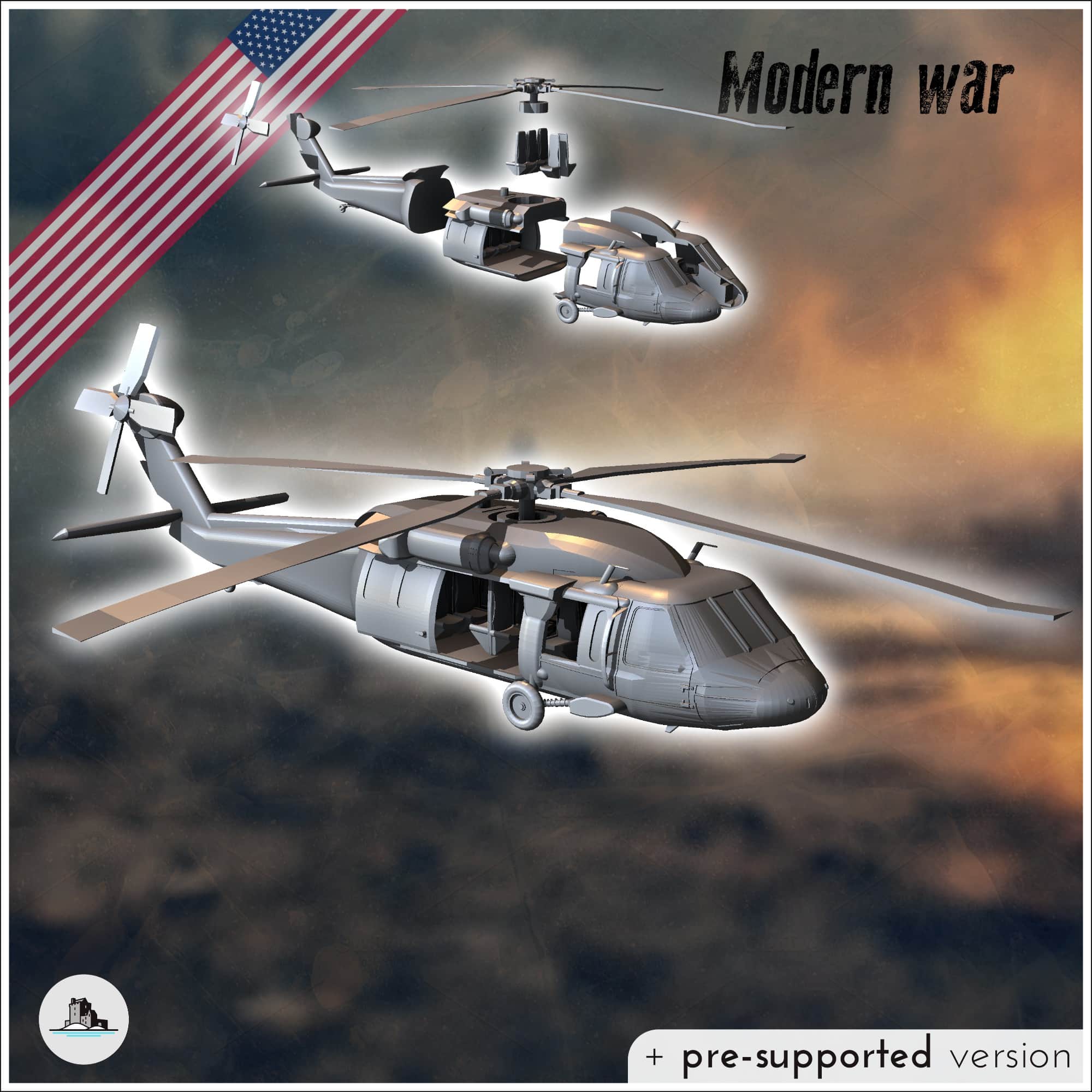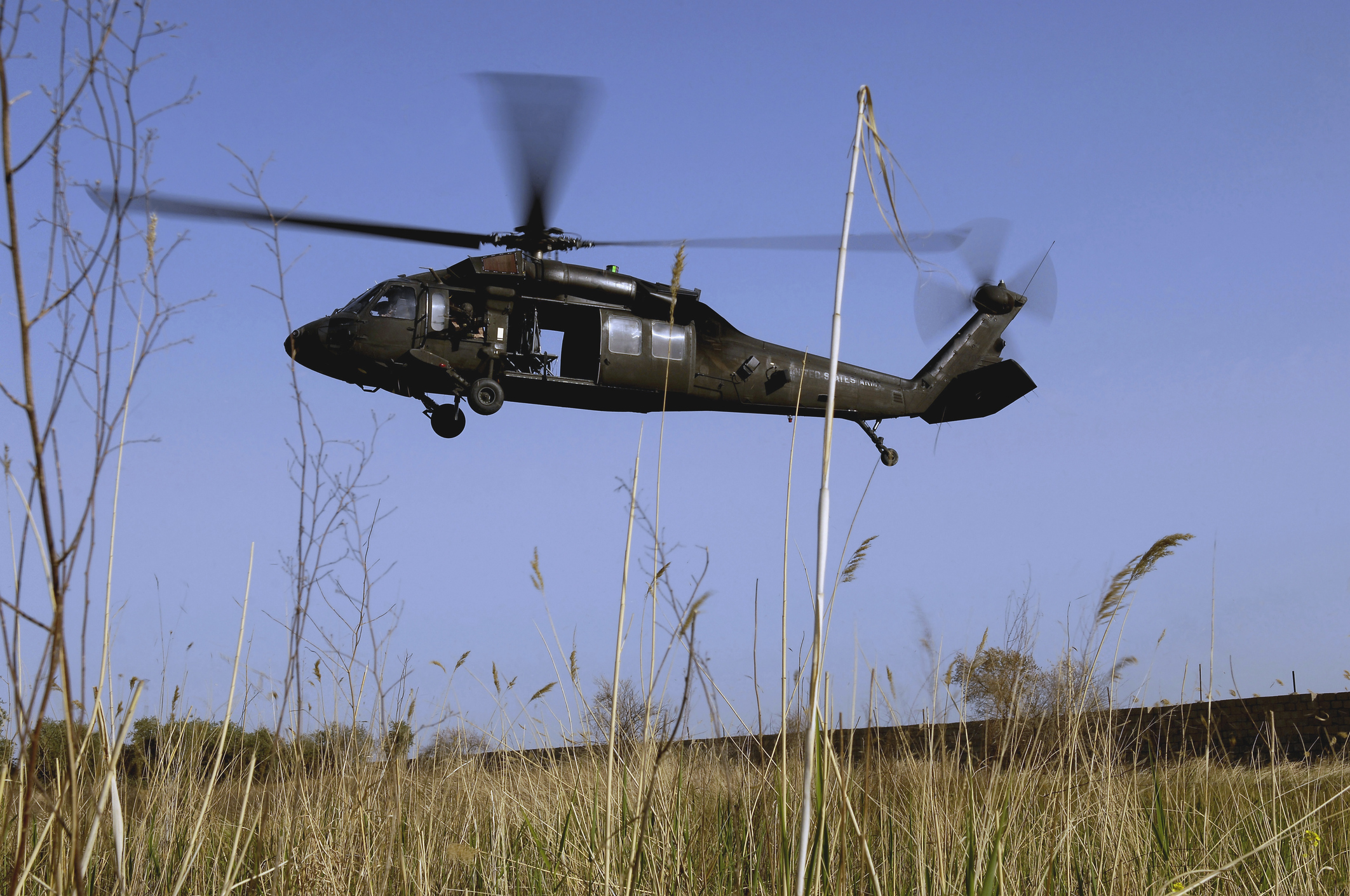UH 60 Helicopter Overview: Key Features and Capabilities for Military Missions
Discovering the History and Development of the UH 60 Helicopter

Origins of the UH-60
The beginnings of the UH-60 helicopter can be mapped back to the late 1960s, a duration noted by the need for a versatile energy airplane that might adapt to the progressing needs of contemporary war. The U.S. Military recognized the need for a substitute for the older UH-1 Iroquois, which was ending up being progressively inadequate for the complexities of contemporary fight scenarios. In 1967, the Army launched the Utility Tactical Transportation Aircraft System (UTTAS) program, which looked for to create a multi-role helicopter with the ability of numerous goals, consisting of troop transportation, clinical discharge, and logistical support.
The design competition brought in numerous aerospace suppliers, however it was Sikorsky Airplane Firm that ultimately protected the contract in 1972. The UH-60 Black Hawk was presented, showcasing ingenious style elements and advanced modern technology that set it apart from its predecessors. Its initial trip happened in 1974, and the aircraft was officially adopted by the Military in 1979. The UH-60 swiftly got recognition for its durable efficiency, integrity, and flexibility, paving the method for its considerable use in military procedures and solidifying its condition as a cornerstone of united state Military aeronautics.
Secret Layout Functions
Cutting-edge design functions of the UH-60 Black Hawk dramatically add to its functional effectiveness. One of the most remarkable elements is its twin-engine configuration, which boosts reliability and supplies a higher power-to-weight proportion, making it possible for the helicopter to perform under various conditions. The aircraft's four-blade primary rotor system uses boosted lift and ability to move, important for tactical objectives.

Additionally, the cabin is designed for ideal exposure and functional designs, including advanced avionics that simplify pilot operations. The modular design of the UH-60 enables very easy maintenance and adaptability, making it ideal for various mission accounts, from army transportation to medevac operations. These vital style features ensure that the UH-60 Black Hawk continues to be a trusted and functional property in military air travel, with the ability of fulfilling the needs of modern-day war.
Technological Improvements
Recent technical innovations in the UH-60 Black Hawk have substantially improved its operational capacities and adaptability. The integration of innovative avionics, such as electronic flight control systems and improved situational understanding display screens, permits pilots to run with enhanced precision and effectiveness. These systems facilitate improved navigating, interaction, and data sharing, making it possible for the helicopter to function efficiently in varied environments.
Additionally, the introduction of composite products has reduced the total weight of the airplane while maintaining structural honesty. This reduction boosts fuel performance and expands operational array. The incorporation of innovative blades modern technology, consisting of the usage of four-blade, fully expressed rotor systems, has actually enhanced lift efficiency and ability to move, enabling for much better handling in different trip conditions.

Moreover, improvements in propulsion systems, such as the T700-GE-701D engines, have actually boosted power output and integrity - uh 60. These engines add to exceptional efficiency in high-altitude and hot-weather conditions
Last but not least, the integration of self-defense systems and improved sensing unit plans enhances the Black Hawk's survivability and goal effectiveness. Jointly, these technical enhancements guarantee that the Our site UH-60 Black Hawk continues to be a vital asset in modern-day aeronautics, efficient in adjusting to the developing needs of military and altruistic objectives.
Function in Armed Force Procedures
As the backbone of united state Army aeronautics, the UH-60 helicopter plays a critical duty in different armed forces procedures, functioning as a versatile platform for combat support, transport, and medevac objectives - uh 60. Its layout includes the capability to run in diverse settings, making it vital for army activity and logistical support in both traditional and unusual warfare

In medical discharge scenarios, the UH-60 has actually shown invaluable, considerably lowering the time to deliver injured soldiers from the combat zone discover this to medical facilities. Its sophisticated avionics and night vision abilities even more ensure objective success under tough problems. Overall, the UH-60 helicopter continues to be an essential possession, continuously adjusting to meet the advancing needs of military procedures and enhancing the performance of U.S. pressures worldwide.
Future of the UH-60
Looking ahead, the future of the UH-60 helicopter involves considerable developments in modern technology and abilities made to improve its functional effectiveness. As army operations progress, the UH-60 is expected to integrate cutting-edge modern technologies, including enhanced avionics, boosted weapons systems, and advanced interaction tools. These improvements will certainly enable better situational awareness and objective flexibility, ensuring that the UH-60 stays an essential asset on the field of battle.
One remarkable development is the combination of fly-by-wire systems, which will certainly boost flight control precision and minimize pilot work. Initiatives to update the airframe and engines intend to enhance rate, array, and haul ability, thereby expanding the helicopter's operational scope.
The future also holds guarantee for enhanced interoperability with unmanned aerial systems (UAS), enabling coordinated missions that utilize both manned and unmanned capacities. In addition, the unification of expert system and artificial intelligence can maximize trip dynamics and maintenance procedures, bring about lowered functional expenses.
Conclusion
The UH-60 Black Hawk helicopter represents a substantial success in armed forces air travel, developing from the U.S. Military's preliminary requirements for a versatile energy aircraft. Its innovative design features and continual technological developments have guaranteed its significance in various army operations over the years. As the needs of modern warfare adjustment, the future of the UH-60 will likely include additional improvements and adaptations, strengthening its condition as an essential asset for armed pressures worldwide.
The UH-60 Black Hawk helicopter stands for a substantial milestone in military aviation, emerging from the United state Army's quest for a much more reliable and versatile utility airplane in the late 20th century.The beginnings of the UH-60 helicopter can be mapped back to the late 1960s, a period marked by the need for a versatile energy airplane that could adjust to the evolving needs of modern warfare. On the whole, the UH-60 helicopter stays a vital possession, continually adapting to satisfy the evolving demands of armed forces procedures and enhancing the performance of U.S. forces worldwide.
Looking in advance, the future of the UH-60 helicopter entails significant improvements in technology and abilities made to enhance its operational efficiency.The UH-60 Black Hawk helicopter stands for a significant achievement go to this site in armed forces aeronautics, evolving from the U.S. Army's preliminary needs for a functional utility airplane.